Written by Matthew Scott
Baleen first evolved in whales to take advantage of an underutilized prey resource, namely small shoaling fish and krill. A transformation occurred from rudimentary teeth to an intermediate state with both teeth and baleen, until eventually rudimentary teeth were absorbed before birth to make way for baleen plates.
Since baleens initial evolution it has become a hugely successful strategy for capturing prey, allowing the blue whale to take in half a million calories in one mouthful. What is less well known, however, is just how diverse the morphology and behaviors of different baleen whale species are.
Broadly, there are three main types of feeding behavior that come with complimentary morphological adaptations; lunge feeding, skim feeding and bottom feeding.
Lunge feeding is the type most familiar to us, done by rorquals like blue, fin, minke and humpback whales, this feeding method involves gaining momentum under water with the mouth closed and then as the whale approaches a dense patch of prey opening the mouth, decelerating, and engulfing a large volume of water. For example, fin whales can take in the equivalent of a school bus of water in one gulp, made possible by the expansion of the throat grooves.
This type of feeding behavior requires a plethora of adaptations. The throat grooves allow the ventral pleats to expand repeatedly several times its resting length. The jaw joint is specialized with a dense elastic matrix of fibers and cartilage, infused with oil that allows the lower jaw to open close to 90 degrees. There is a joint at the front of the jaw where the two mandibles meet which is connected by a flexible cartilage that allows the mandibles to rotate outwards as the jaw opens. The tongue is extremely flexible and loose, unlike usual mammalian tongues which are more muscular, allowing it to be easily inverted when water rushes into the mouth. It then retreats through the floor of the mouth back towards the belly button which helps form the large oral cavity. All these adapted features allow for a large amount of water to enter the mouth, because the larger the volume, the more effective each lunge effort is.
Once the water and prey are taken into the mouth, contraction of the throat grooves and movement of the tongue pushes the water out through the gaps in between the baleen plates and keeps the prey, which can be as small as krill, inside to be swallowed once all the water is filtered out.
Typically on one feeding dive a fin whale will be able to perform 4 lunges, each time taking roughly a minute to expel the water from its mouth and swallow the prey. Lunge feeding is the most energetic method of feeding by baleen whales and because of this there are major implications regarding exactly when a whale opens its mouth during a lunge (at maximal speed, just before or just after), what density of prey whales are choosing to open their mouths in, as well as implications for energetic costs related to body size. It may be surprising to know that as a blue whale grows from 52ft at weaning to 90ft at full maturity the proportions of its body change as well; its tail stock gradually becomes shorter in proportion to its body as the whale grows and the skull length and therefore engulfment capacity gets longer relative to body size.
The second form of feeding in baleen whales is ram (or skim) feeding. This method is done by bowhead and right whales and involves the whale opening its mouth in dense patches of krill and slowly swimming through allowing water to enter the mouth through a gap in the baleen at the front and filter out through the two baleen racks. The surface area of the baleen is important in term of how much food can be caught on them. This method, therefore, requires the longest baleen plates which can reach 7ft (compared to the 3ft of lunge feeders).
It can also be done at any depth from the surface to the bottom of the ocean. When feeding underwater the bowhead whales have been shown to swim very slowly at 0.07 body lengths per second because they have such a large head and feeding apparatus the drag is too great at higher speeds for them to efficiently hold their breath and filter feed at the same time.
Gray whales perform the third method of feeding, bottom feeding. Gray whales have short thick baleen plates and smaller, more mobile tongues. Bottom feeding is performed by a gray whale turning on its side in shallow water on the sea bed and using the muscular tongue to suck food, water and sediments from the ocean floor into its mouth before filtering the water and sediment out and eating the food. They will often create plumes of filtered mud visible from the surface and furrows in the ocean floor where there rostrum digs into the sediment. Their baleen is the shortest of the baleen whales with frayed inner edges.
[1] Deméré et al. (2008) Morphological and molecular evidence for a stepwise evolutionary transition from teeth to baleen in Mysticete whales. Systematic Biology, 57(1): 15-37.
[2] Goldbogen JA (2010) The Ultimate Mouthful: Lunge Feeding in Rorqual Whales. American Scientist, 98: 124–131.
Further reading
- The ultimate mouthful: lunge feeding in rorqual whales: http://www.americanscientist.org/libraries/documents/2010020415021863biy8ervh/2010241553187755-2010-03Goldbogen.pdf
- Great video of gray whales bottom feeding: http://www.arkive.org/gray-whale/eschrichtius-robustus/video-08a.html
- Blue whale lunge feeding: http://marinebio.org/species.asp?id=41
- Right whale skim feeding: https://www.youtube.com/watch?v=scoJ6IsU7B0






